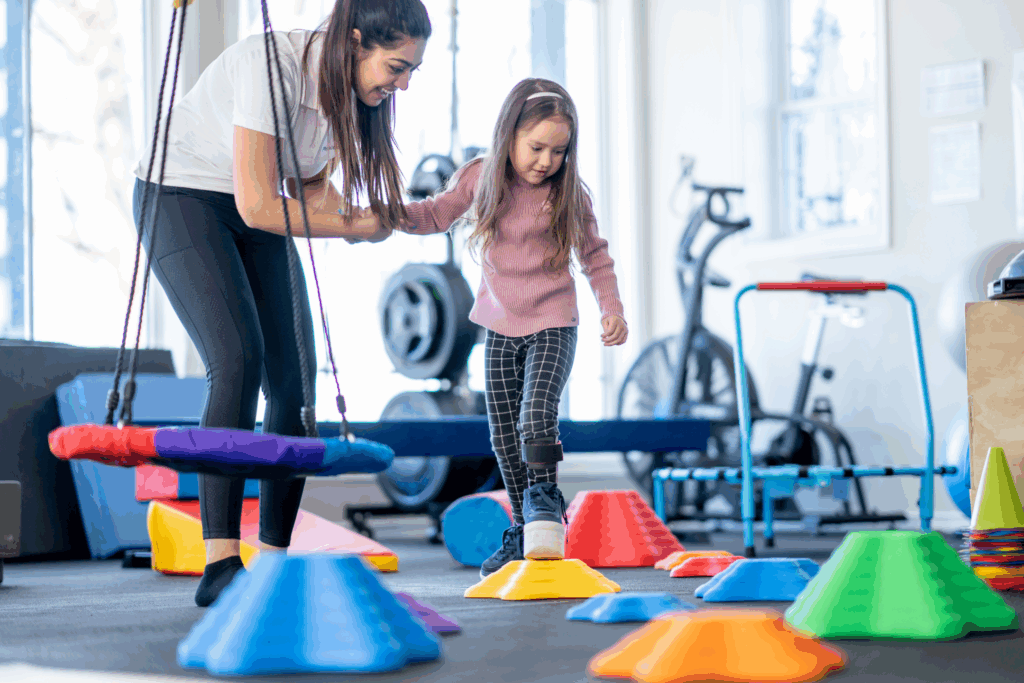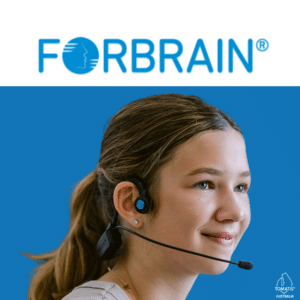The following examples and scenarios throughout this article are illustrative examples based on common experiences in child development, not specific individual cases.
Eight-year-old Maya sits at her desk, staring at the math worksheet. The numbers seem to swim around on the page. Her teacher’s voice sounds muffled and far away. Maya’s heart beats fast. Her hands feel sweaty. She looks around the classroom and sees other kids working easily. She feels stupid and alone.
This happens every day in classrooms around the world. Kids with learning disabilities don’t just fight with reading, writing, or math. They carry something much heavier. The weight of feeling different. The ache of constant frustration. The fear that they’re not good enough.
What breaks many parents’ hearts is this: these struggles run deeper than school subjects. They reach right into the core of how children see themselves. And how they connect with the people they love most.
Attachment: What Makes Kids Feel Safe
Think of a crying baby. A parent rushes over, picks them up, and rocks them gently. The baby calms down. This simple moment? It’s building something powerful. Something that will shape that child’s entire life.
We call this attachment. But really, it’s about feeling safe in the world. It’s about knowing someone has your back. It’s the difference between a child who thinks “I can handle this” and one who thinks “I’m all alone.”
Here’s what happens when this bond is strong. Babies learn that their needs matter. They discover the world makes sense. People can be trusted. This feeling becomes their foundation for everything else – friendships, confidence, learning, and even how they handle stress.
But here’s what many people don’t realise. Kids with learning differences face extra challenges in building this security. Why? Because learning struggles can shake the whole family. Parents get worried. Kids feel like they’re disappointing everyone. The bond that should feel rock-solid starts to feel shaky.
Think about ten-year-old Alex. He has dyslexia. Every night, homework becomes a battlefield. His mom tries to help but gets frustrated when he can’t read simple words. Alex sees that look in her eyes. The one that says “Why can’t you just get this?” He starts believing he’s broken. This belief? It doesn’t just hurt his reading. It changes how he sees himself and everyone around him.
When Learning Gets Hard, Everything Gets Complicated
About 1 in 7 kids has some kind of learning disability. That’s millions of children. Dyslexia makes reading feel impossible. Dyscalculia turns math into a foreign language. Dysgraphia makes writing feel like torture. Processing disorders scramble how the brain handles information.
Here’s the thing that drives parents crazy. These kids are often brilliant. Their brains just work differently. But the world doesn’t always see it that way. Teachers get impatient. Classmates make comments. Family dinners turn into homework battles.
When six-year-old Emma struggles to write her name, she doesn’t just feel bad about writing. She starts wondering if something’s wrong with her. When twelve-year-old James struggles with reading, he doesn’t just worry about English class. He begins seeing himself as “the dumb one.”
Scientists who study attachment have noticed something important. Kids with learning differences often become less willing to explore new things. They get angry more quickly. They give up faster. Why? Because they don’t feel safe enough to take risks. And learning? Learning is all about taking risks.
The Hidden Pain Nobody Talks About
Teachers see the academic struggles. Parents know the homework battles. But there’s a whole world of pain happening inside these kids that adults often miss.
Brain fog hits hard. Kids describe it like thinking through thick syrup. “I know I studied this, but I can’t remember anything.” “My brain feels fuzzy all the time.” This isn’t laziness. This is stress doing terrible things to young minds.
Anxiety creeps in like fog. Seven-year-old Sofia gets stomachaches every Sunday because Monday means school. Nine-year-old David stops raising his hand because he’s terrified of being wrong in front of everyone. The fear becomes bigger than the learning.
Dark feelings follow close behind. “I’m stupid.” “I hate myself.” “I wish I was never born.” These words come from eight-year-olds. Ten-year-olds. Children who should be dreaming about the future start wishing they could disappear.
Sleep becomes another enemy. Racing thoughts about tomorrow’s test. Nightmares about being called on in class. Poor sleep makes everything worse. Concentration crashes. Memory fails. The cycle gets deeper and darker.
These emotional storms don’t happen in a vacuum. They connect directly to how safe kids feel with the people who matter most. When children know they’re loved no matter what, they bounce back from hard days. When that security feels shaky, every difficulty becomes a crisis.
The Ear That Changed Everything
Back in the 1950s, a French doctor named Alfred Tomatis made a discovery that changed how we think about learning. He found that the ear does way more than just hear sounds. It’s like a control center that affects attention, emotions, movement, and yes – learning itself.
The inner ear contains something called the vestibular system. Think of it as your internal GPS and balance center. But here’s the amazing part – it connects directly to brain areas that control emotions and stress. When this system works well, kids feel calm and grounded. When it doesn’t, they feel anxious, scattered, and overwhelmed.
Dr. Tomatis developed something called the Tomatis® Method. It’s a program that retrains the ear and brain using specially modified music and sounds. The sounds come through special headphones that use both regular hearing and bone conduction – vibrations that go right through the skull bones.
Why does this matter? Because the ear is like a gateway to the brain. When we help this gateway work better, amazing things can happen. Attention improves. Emotions settle. Learning becomes easier. For kids with learning disabilities, this can be life-changing.



